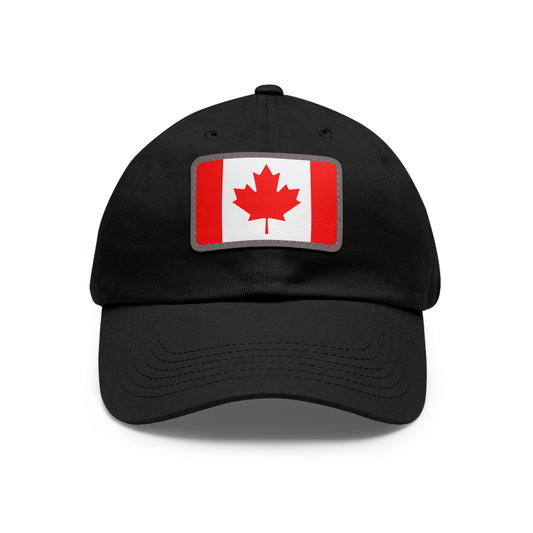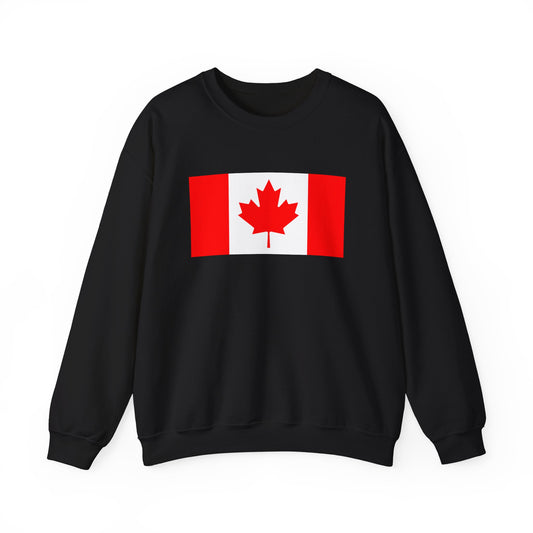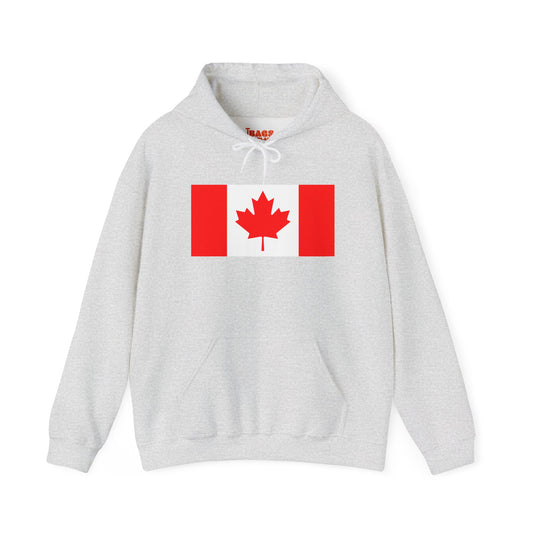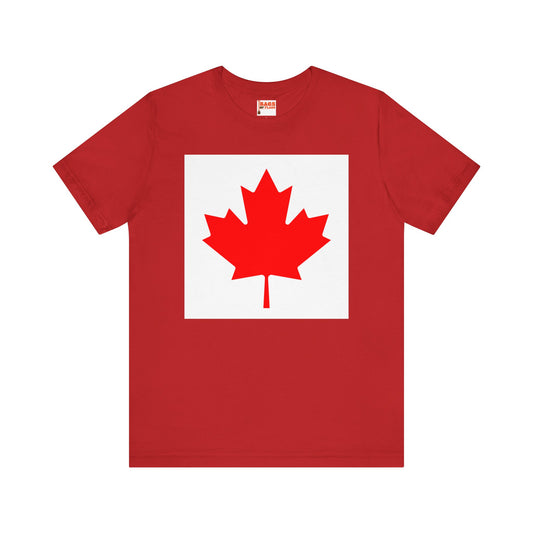-
Canada Pillow
Regular price $22.65 USDRegular priceUnit price / per -
Canada Backpack
Regular price $59.79 USDRegular priceUnit price / per -
Canada Leather Patch Hat
Regular price $18.85 USDRegular priceUnit price / per -
Canada Flag Sweatshirt
Regular price $34.15 USDRegular priceUnit price / per -
Canada Sweatshirt
Regular price $34.15 USDRegular priceUnit price / per -
Canada Inspired Sweatshirt
Regular price $34.15 USDRegular priceUnit price / per -
Canada Mug
Regular price $11.65 USDRegular priceUnit price / per -
Canada Trucker Cap
Regular price $14.90 USDRegular priceUnit price / per -
Canada Hoodies
Regular price $34.40 USDRegular priceUnit price / per -
Canada Inspired Hoodie
Regular price $34.40 USDRegular priceUnit price / per -
Canada T-shirts
Regular price $22.79 USDRegular priceUnit price / per -
Canada Flag Hoodies
Regular price $34.40 USDRegular priceUnit price / per -
Canada Inspired T-shirt
Regular price $22.79 USDRegular priceUnit price / per -
Canada Flag on T-shirt
Regular price $22.79 USDRegular priceUnit price / per
Collection: Canada
The Canadian flag, often called the flag of Canada, symbolizes pride and unity for the nation. It is easily recognizable worldwide with its distinct red and white colors and iconic maple leaf design. We will explore the lesser-known aspects of the Canadian flag, including its design, historical context, symbolism, current relevance, and additional protocols and trivia.
Overview of the Canadian Flag's Design and Colors

At the heart of the Canadian flag lies a striking contrast of red and white, capturing Canada's spirit and national identity. This bold design comprises two vertical red bands on either side of a white square. Centered within the white square is a single, stylized, eleven-pointed red maple leaf that immediately draws the eye. These colors were not chosen randomly; red and white have been recognized as Canada's official colors since 1921, thanks to a proclamation by King George V.
The red, derived from Saint George's Cross, symbolizes hardiness and valor, while the white, harking back to the French royal emblem of the House of Bourbon, stands for peace and honesty. This design breaks away from traditional emblems of monarchy or empire, focusing instead on a symbol that resonates with the Canadian landscape and people. The inclusion of the maple leaf, a figure deeply ingrained in Canadian lore and emblazoned on various national symbols throughout history, underscores the country's commitment to its natural heritage and collective unity. This arrangement of elements on the flag succinctly communicates Canada's values and aspirations, making it a distinctive emblem recognized worldwide.
Historical Context of the Canadian Flag

The journey to adopting the Canadian flag was marked by considerable debate, reflecting the nation's evolving identity and the desire for a distinct symbol to represent Canada on the global stage. Before the flag's inauguration on February 15, 1965, Canada used the Red Ensign, which included the Union Jack, indicating Canada's ties to the British Empire. The push for a unique Canadian flag gained momentum during the early 1960s, spearheaded by then Prime Minister Lester B. Pearson, who championed the need for a flag that unequivocally signified Canada's sovereignty and independence.
The debates in Parliament and among the public were intense and reflective of the diverse views on national identity, heritage, and the future direction of Canada. The decision to select the maple leaf design, after considering over 2,000 submissions, was a pivotal moment in Canada's history. It signified the culmination of a lengthy and passionate national discourse on identity, marking a new era where Canada would be represented under its symbol, distinct from its colonial past. This transition was not merely about changing a flag but redefining what it meant to be Canadian.
Symbolism Embedded in the Canadian Flag
The maple leaf is more than just a botanical feature on the Canadian flag; it's a unifying emblem that transcends cultural, linguistic, and geographical boundaries within Canada. Historically, the maple tree and its leaf have been revered by Indigenous peoples and early settlers for their usefulness and beauty, making the leaf an apt symbol of the nation's resilience and natural wealth. The choice of red and white as the flag's colors further deepens the flag's symbolic meaning.
Red represents bravery and strength, and white symbolizes peace and honesty, creating a visual narrative of Canada's values and aspirations. Additionally, the eleven-point design of the maple leaf does not have an official representation for each point; instead, it is a stylistic choice to ensure the leaf's visibility at a distance and when the flag is in motion. This aspect underscores the importance of inclusivity and forward-thinking in Canadian symbolism, ensuring that the flag represents a dynamic and evolving Canadian identity.
Current Relevance of the Canadian Flag
Today, the Canadian flag remains a vital emblem at national events, military commemorations, and international gatherings, symbolizing the country's unity, values, and presence on the global stage. It is common at Canada Day festivities, where it adorns streets, homes, and landmarks, celebrating the nation's heritage and independence. The flag also plays a significant role in military ceremonies, honoring the service and sacrifices of Canadian forces.
Additionally, it serves as a beacon of Canadian identity for citizens living or traveling abroad, often seen at sports events, cultural festivals, and diplomatic venues. While debates on inclusivity and representation within national symbols periodically surface, the Canadian flag remains a steadfast identifier for Canadians, embodying a sense of belonging and pride. Its usage underscores an ongoing dialogue about national identity and values in a diverse and changing society, demonstrating the flag's enduring relevance in expressing the collective spirit of Canada.
Additional Facts and Protocols for the Canadian Flag
Displaying the flag of Canada follows a series of specific protocols designed to maintain its dignity and respect. Notably, when situated alongside other flags, the Canadian flag must occupy a position of honor, a testament to its status as the national symbol. During ceremonies where the flag is hoisted or lowered, these actions should be performed with solemnity, emphasizing the flag’s significance. It's paramount that the flag is never allowed to contact the ground or be employed in a manner that could be deemed disrespectful.
Intriguingly, the process of selecting the design for the Canadian flag involved a national competition that drew over 2,000 proposals. This reflects the country's engagement and collective input into what would become a key symbol of national identity. This event underscores the participatory nature of Canadian democracy and the wide-ranging interest in defining the nation’s symbol.
Another unique aspect is the flag's nickname, the "Maple Leaf" or, in French, "Unifolié," which means "one-leafed." This moniker highlights the flag's design's central element and underscores the maple leaf's importance as a national symbol.
The flag's design and the protocols surrounding its display intertwine to reflect Canada’s values, history, and aspirations. Observing these protocols ensures that the flag continues to be a source of pride and unity, representing Canada’s commitment to respect, dignity, and national identity on both the national and international stages.




























